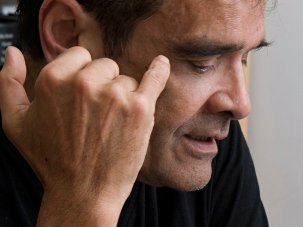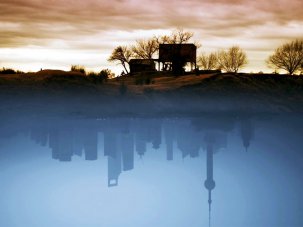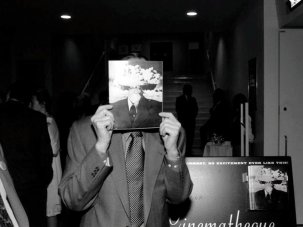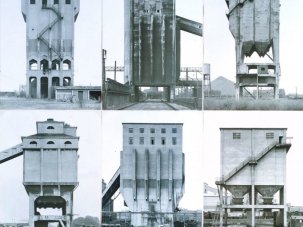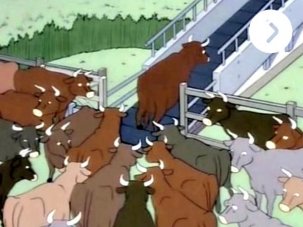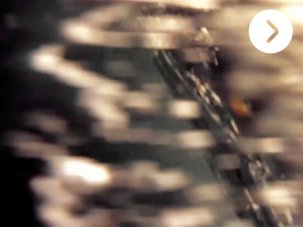Web exclusive

How to Live in the German Federal Republic (Leben BRD, 1990)
The great dream still resonated with Fassbinder: “Movies must at some point stop being movies, must stop being stories and begin to come alive so that one wonders: what do they mean in terms of my own life?”
It is a dream worth dreaming, in personal as well as political terms. The phantasm of authenticity, immediacy and nonfiction, however, is no longer viable. There is no such thing in cinema (or any other medium), and no ‘real life’ beyond the mediated.
This is not just because of the well-known constructedness of all films and realisms. It is also because of the constructedness of human lives. Film, in its attempt to capture and understand life, must always also penetrate the inauthentic and look for the manifold places where ‘life itself’ appears in all its artifice. Some films in my list – eg The Society of the Spectacle (1973), How to Live in the German Federal Republic (1990), Close-Up (1990) or eXistenZ (1999) – comment upon or bear witness to this.
Instead of a list of ten isolated, shrink-wrapped canonical works, I have chosen to answer this poll with a format closer to what I think is at the heart of the ‘documenting impulse’ – putting one thing in relation to another thing, and then to another thing… One of those things is always ‘the machine’, the film medium and its specific capacities. The second of those things is always ‘the world’, ‘actual life’ – whatever we mean by it.
The programme format (or seminar, if you will), in which several outstanding individual results of that ‘documenting impulse’ speak to each other, is the only way, for me, of finding a meaningful answer to the poll’s request: to “reflect on what makes a great documentary, and what this art form means to you.” As someone who prefers the actual experience of seeing and showing films – films in dialogue with each other – to all the ‘wording and voting’ that much of film culture seems to consist of these days, this is what it means to me.
Top ten ‘nonfiction’ lessons – for those who take the time…
(…the time it takes to return from our fictitious paradise of ‘nonfiction’.)
1.
The Garden
Frederick Wiseman, USA 2004
196 mins
Talk about time… I included this great film even though – and, of course, also because – it has never been shown publicly. Frederick Wiseman completed it in 2004, but ‘the law’ (i.e. lawyers representing Madison Square Garden, the subject of the film) has kept the film from view – as was the case with Wiseman’s 1967 Titicut Follies; it took 25 years for the verdict to be overturned and that film to become visible. How long will it take for The Garden?
2.
Entrée du cinématographe à Vienne
Cinématographe Lumiére, Austria/France 1896
1 min
Tramway en Vienne
Pathé Frères, Austria/France 1906
4 mins (at 16 fps)
Overture
Stan Douglas, Canada 1986
Loop installation
Man with a Movie Camera
Dziga Vertov, USSR 1929
74 mins (at 21 fps)
3.
Land without Bread
Luis Buñuel, Spain/France 1933
29 mins
HA.WEI. 14. März 38
Anonymous amateur, Germany 1938
13 mins
Spare Time
Humphrey Jennings, UK 1939
15 mins
The Death Mills
Hanuš Burger, Germany/USA 1945
22 mins
A Day in Barbagia
Vittorio De Seta, Italy 1958
10 mins
The House is Black
Forough Farokhzad, Iran 1962
20 mins
Litany of the Happy People
Karpo Godina, Yugoslavia 1971
15 mins
Coup de boule
Romuald Karmakar, West Germany 1987
8 mins
4.
Primary
Robert Drew & Richard Leacock, USA 1960
52 mins
Report
Bruce Conner, USA 1986
13 mins
Now
Santiago Álvarez, Cuba 1965
5 mins
Remington Cal. 12
Walter Heynowski and Gerhard Scheumann, East Germany 1972
15 mins
Hat Wolff von Amerongen Konkursdelikte begangen?
(Did Wolff von Amerongen Commit Bankruptcy Crimes?)
Gerhard Friedl, West Germany/Austria 2004
73 mins
5.
Mothlight
Stan Brakhage, USA 1963
5 mins
Screening Room
Morgan Fisher, USA 1968
5 mins
eXistenZ
David Cronenberg, Canada/UK 1999
96 mins
Röntgentonfilm der Sprache
(X-Ray Sound Film of Speech)
Robert Janker, Germany 1937
4 mins
6.
Meet Marlon Brando
Albert and David Maysles and Charlotte Zwerin, USA 1965
29 mins
La Rosière de Pessac
Jean Eustache, France 1968
65 mins
La Rosière de Pessac 79
Jean Eustache, France 1979
70 mins
7.
All My Life
Bruce Baillie, USA 1966
3 mins
The Society of the Spectacle
Guy Debord, France 1973
80 mins
How to Live in the German Federal Republic
Harun Farocki, West Germany 1990
83 mins
8.
Microcultural Incidents in 10 Zoos
Ray L. Birdwhistell, USA 1971
33 mins
Outer and Inner Space
Andy Warhol, USA 1965
Double projection, 33 mins
Close-Up
Abbas Kiarostami, Iran 1989
93 mins
9.
Les Maîtres fous
Jean Rouch, Ghana/France 1954
28 mins
Unsere Afrikareise (Our Trip to Africa)
Peter Kubelka, Sudan/Austria 1966
13 mins
Community of Praise
Richard Leacock, USA 1981
58 mins
Mysterious Object at Noon
Apichatpong Weerasethakul, Thailand 2000
89 mins
Semiotic Ghosts
Lisl Ponger, Mexico/India et al/Austria 1991
15 mins
10.
31/75 Asyl
Kurt Kren, Germany/Austria 1975
9 mins
Work Done
Robert Beavers, Italy/Switzerland/USA 2000
22 mins
News from Home
Chantal Akerman, USA/Belgium 1976
85 mins
Routine Pleasures
Jean-Pierre Gorin, USA/France 1987
81 mins
The Present
Robert Frank, Canada/Switzerland 1996
24 mins
-
The Greatest Documentaries of All Time poll
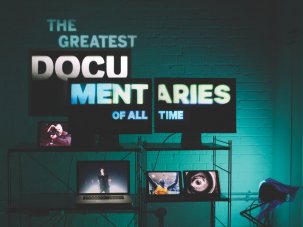
What are the greatest documentaries ever made? We polled 340 critics, programmers and filmmakers in the search for authoritative answers.
-
The Digital Edition and Archive quick link
Log in here to your digital edition and archive subscription, take a look at the packages on offer and buy a subscription.






